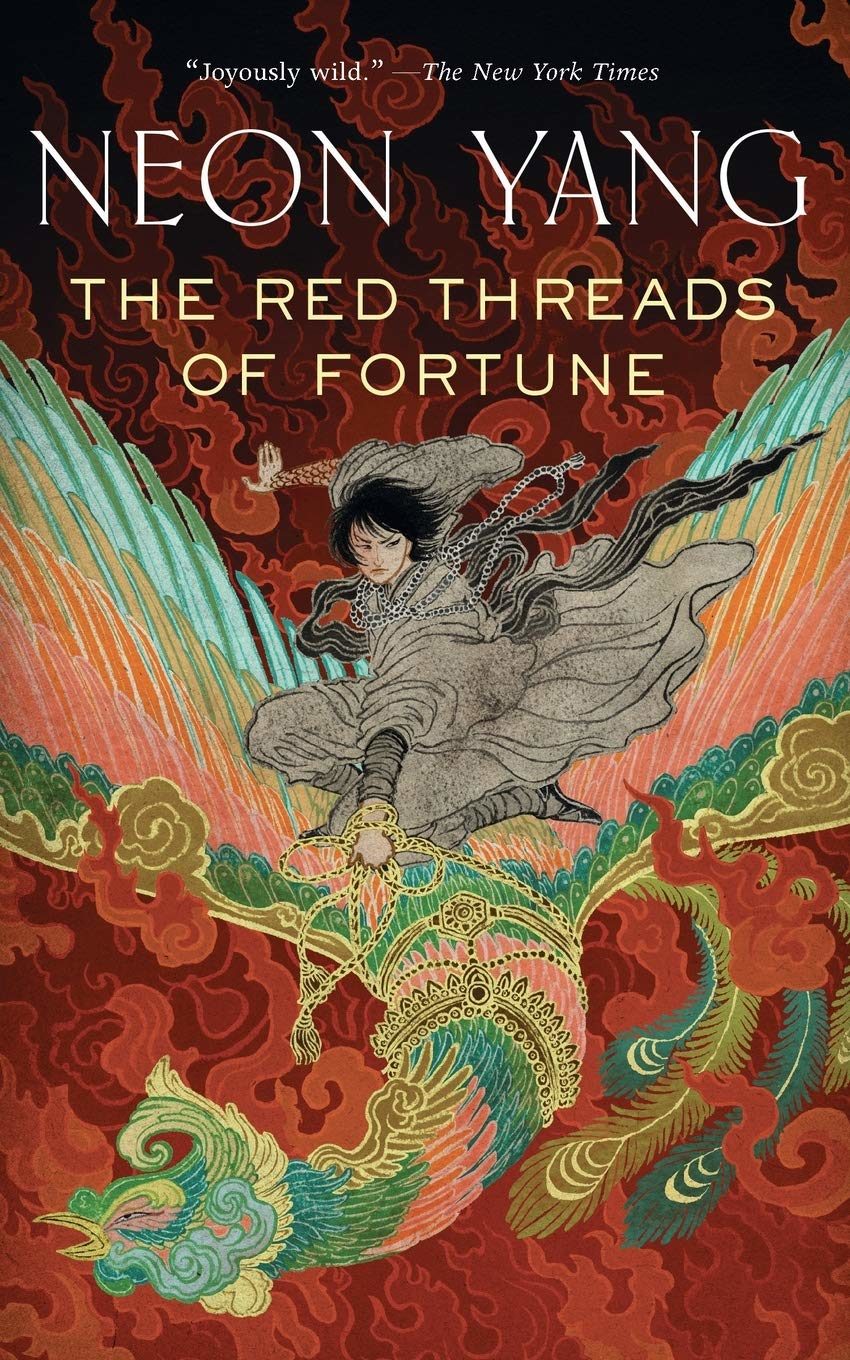
Envisioning Trans Bodies in Fantasy
Words By Miki Schumacher
When I went shopping with a friend last year to find new picture books for their preschool classroom, I was happy to see a few books on the shelves aiming to introduce children to the concept of gender identity. There were books about breaking gender norms in categories like clothing and hobbies, and they even discussed topics like changing your name and how to talk to your parents. These stories encouraged children to explore their identity and be welcoming of people with genders that are new to them. As a nonbinary college student, I would have loved to have stories like this available to me when I was growing up. I never felt a strong affinity with the gender assigned to me from birth, and it wasn’t until much later in life that I was able to ask myself bigger questions about what gender means to me. Coming from a small town in rural Minnesota, this was a lonely process, and it wasn’t until I moved to a larger city that I was able to find a growing and welcoming trans community and family.
Though increasing the visibility of trans and gender non-conforming characters in children’s literature is a positive and necessary development, LGBTQ+ characters tend to be subjected to harsher treatment in other forms of popular media. Queer characters often get violently killed or die tragically, depicting the decades-old “bury your gays” trope. Lexa’s abrupt death in The 100 shortly after developing a more serious relationship with Clarke is a prime example of how this trope has dominated representations of LGBTQ+ characters. Even in imagined narratives, these characters are confined to stories of suffering and tragedy, which reduces them to plot points for cisgender and heterosexual characters. What kinds of messages does this send to people that may be exploring their gender identity and sexuality?
We need to start envisioning stories for trans and gender non-conforming people outside of the dominant narrative of suffering. Today, we see a steady rise in diverse representations of trans people in media: Netflix’s original series Sex Education recently cast nonbinary recording artist, poet, and actor Dua Saleh to play a student in their upcoming season. Examples like this allow us to begin imagining realities of empowerment in trans stories.
Fantasy can also enable the creation of identity completely outside the conventions of society. For example, in my Dungeons & Dragons group, my friends and I have created characters to represent possibilities we see for ourselves in imagined worlds. Our characters represent a diversity of identity in high fantasy: a rogue prince who bathed in phoenix fire to return as a princess, a genderfluid bard skilled in musical seduction and me, a nonbinary paladin protector praying to genderless gods. In fantasy, we have explicit permission to explore magical possibilities for our characters without being limited by societal convention. There is more to trans stories than tragedy and struggle. There can also be epic imaginings of trans joy and adventure in which no one owes anyone an explanation or defence of their gender.
Neon Yang skillfully incorporated this idea in their silkpunk novels The Red Threads of Fortune and The Black Tides of Heaven. In this world, children aren’t referred to as a specific gender until they decide otherwise. “They” is a normalized pronoun, and some people choose to never define their gender. Through magic, people are also able to change how they present their bodies. The two main characters of the novel, twins Mokoya and Akeha, search for autonomy and independence under an oppressive ruler. The novel tackles themes of state violence and rebellion in which the twins find themselves on either side of a growing revolution.
Effective trans narratives also don’t need to take place in an entirely reimagined universe. Rich Larson’s Annex envisions a post-apocalyptic city where adults have been abducted and controlled by invaders. Children and teens sixteen and under are rounded up into warehouses, and those who escape capture need to think about how they will survive the inevitable next attack. One of the protagonists, Violet, makes the most of this grim situation and raids pharmacies to find hormones for herself. With her unsupportive parents out of the picture, she is able to grow into her own identity and how she sees herself, even on the brink of possible world domination.
I love the expanding gender representations in media today that are starting to break down the dominant idea of a gender binary. These stories are necessary in the fight against trans violence. I hope for a future where there are even more books highlighting the diversity of trans experiences and the different intersections that can exist in fantasy. Telling these stories can create a future of trans liberation from narratives of misery to those of empowerment and joy.